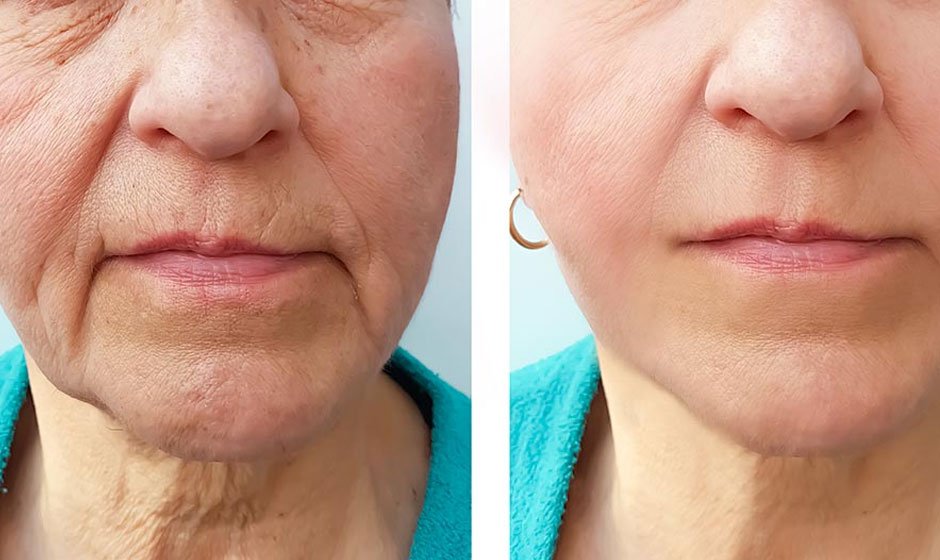Introduction
The “no chin” meme has gained popularity online, often referring to individuals with a receding chin or weak chin. In this article, we will explore the causes behind a receding chin and discuss potential solutions to address this cosmetic concern. Whether you are looking for exercises or considering surgery, we will provide insights to help you make informed decisions.
What is a Receding Chin?
A receding chin, also known as retrogenia or a weak chin, occurs when the chin projects slightly backward towards the neck. This feature is determined by the position of the mandible, or lower jaw, and can be influenced by surrounding tissues.
Causes of Receding Chin
A receding chin is primarily determined by genetics. However, it can also be a natural part of the aging process, as bone and soft tissues around the jaw may diminish over time. Additionally, certain congenital conditions, such as Pierre Robin sequence and Treacher Collins syndrome, can result in a small jaw and retrogenia. It’s important to note that these conditions may affect breathing in infants but often improve as they grow.
Can Exercises Help?
While there are various exercises circulating online claiming to fix a receding chin, they are unlikely to provide significant results. These exercises typically involve stretching the neck and chin area, with the intention of strengthening chin muscles and tightening loose skin. However, the position of the chin is primarily determined by bone and soft tissue, not muscles. Therefore, exercises alone cannot effectively correct a receding chin.
Surgical Solutions
To address a receding chin, surgical intervention is often required. Two common procedures are chin implants and sliding genioplasty, which involve reshaping the lower jaw bone.
Chin Implants
Chin implants, also known as chin augmentation, are suitable for cases where retrogenia is primarily caused by a lack of soft tissue. During this outpatient procedure, a surgeon makes an incision along the crease of the chin, typically inside the mouth where it meets the gum line. An implant is then inserted, and the incision is closed. Chin augmentation can be performed under general or local anesthesia.
This type of surgery is ideal for mild to moderate cases of receding chin, where the chin appears smaller compared to other facial features. The procedure generally leaves minimal scarring. However, there are risks associated with nerve damage, infection, and potential allergic reactions to the implants.
Sliding Genioplasty
Sliding genioplasty is a more suitable option for severe cases of receding chin caused by significant bone loss. The procedure involves making incisions on both sides of the chin to access the lower jaw bone. A small cut is made in the chin bone, allowing it to be moved forward. A small metal plate is used to secure the repositioned bone in place.
Sliding genioplasty requires general anesthesia and carries a higher risk of scarring and infection. It is crucial to monitor your recovery and inform your doctor of any fever, excessive bleeding, or unusual discharge near the incision.
Takeaway
While the “no chin” meme may provide humor online, dealing with a receding chin can be a personal concern. Understanding the causes behind a receding chin and the available solutions can help you make an informed decision about addressing this cosmetic issue. Whether you choose surgical intervention or embrace your unique features, remember that your self-confidence and overall well-being are most important. Always consult with a qualified medical professional to discuss the best options for your specific situation.






